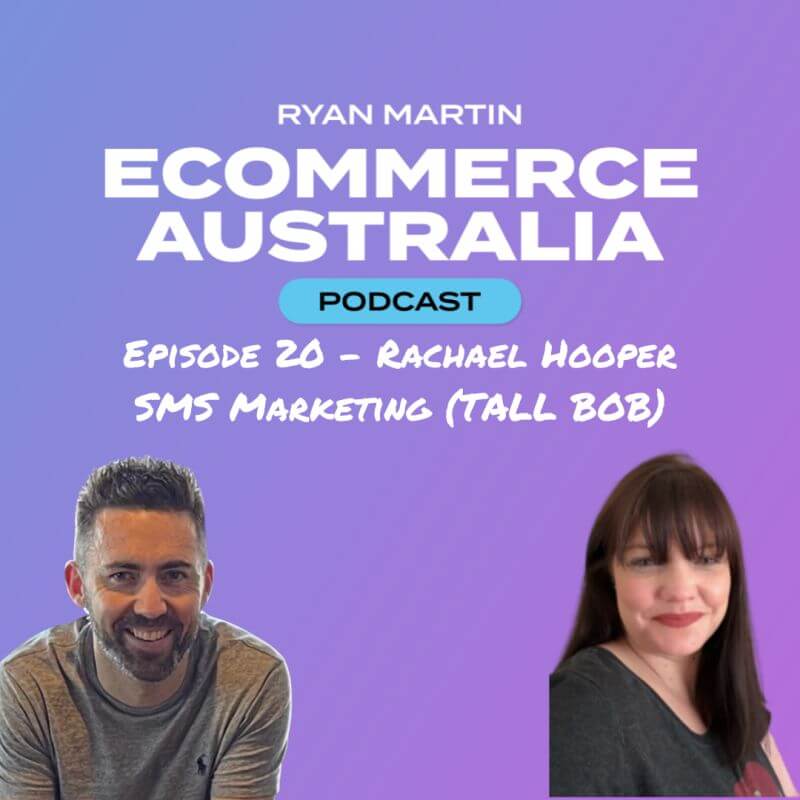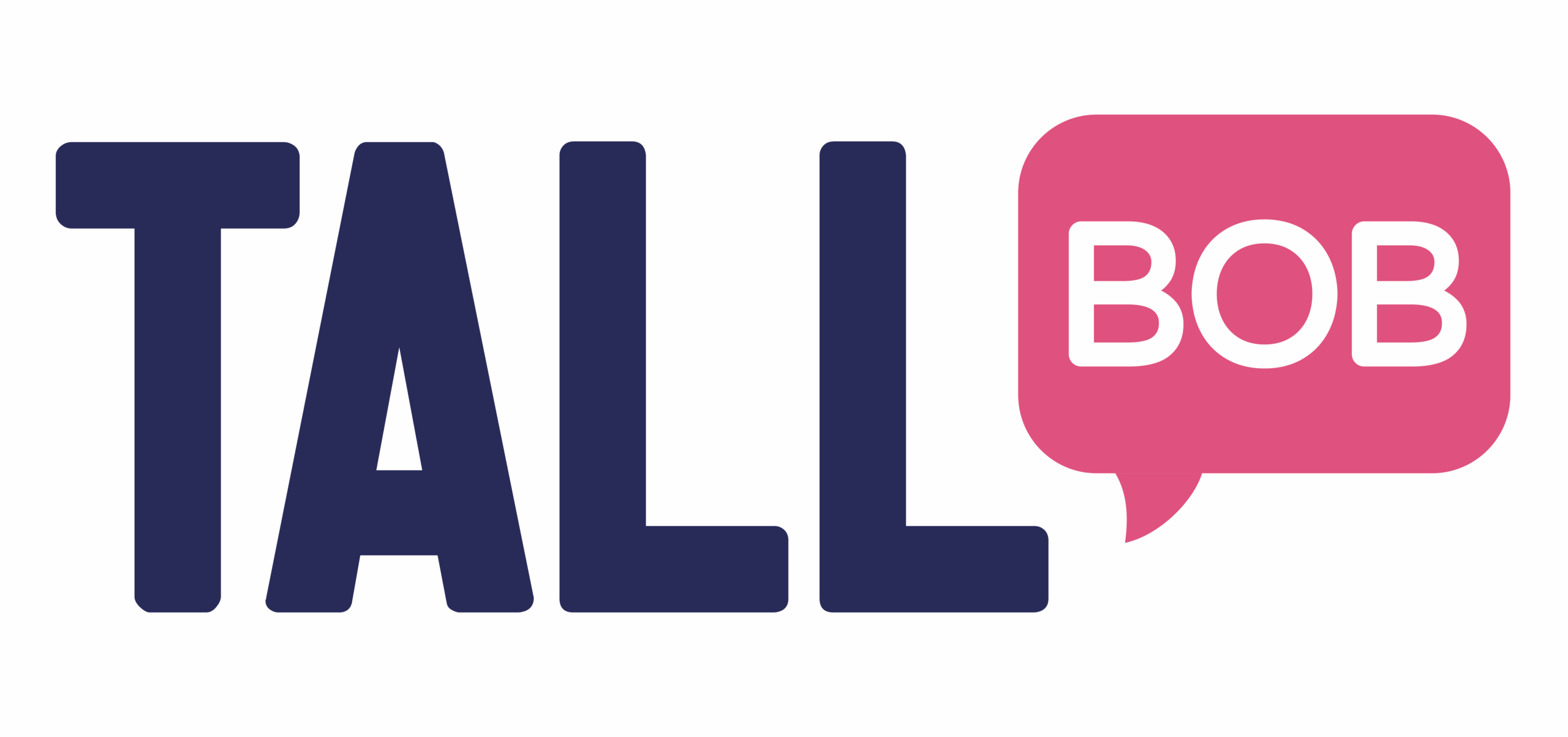Sounds like a handful? It’s all good. Here’s the special sauce from the Head of Marketing at Tall Bob, Rach Hooper. It’s about how to do SMS marketing by an SMS marketer – all in time for Black Friday and Cyber Monday #BFCM. She can talk a lot, so we’ve broken it down into smaller chunks.
Part 1: The state of play in 2022 for SMS Marketing
Part 2: Picking the suitable space and players for ecommerce and retail
Part 3: Marketer’s tips for Black Friday and Cyber Monday

Listen to the podcast
Want to know more? These tips are from Rach’s podcast with Ryan @ecommerce Australia
Listen to the PodcastWhat’s happening in SMS Marketing?
Over the last ten years, many SMS providers and gateways have been pretty standard and generic. They’ll push volume but not much in the way of detailed analytics or making the channel much more than an alternative to email.
At Tall Bob, we saw the opportunity to use measurements, engagement, analytics and interactive tools as part of the SMS to make those SMSs do better, cut through and something that many marketers don’t tend to respect or understand with SMS, effectively measure them. And over the last 12 to 18 months, as Tall Bob, we’ve used those sorts of technologies to bring more analytics, integration, and interaction to the marketplace. And over the last couple of years, we’ve worked heavily with retailers and ecommerce marketers so that they could bring SMS into every single customer journey and into the platforms and integrations they use.
Is SMS the forgotten channel?
Not for the savvy marketer! It’s an often quoted stat in SMS marketing, and almost everyone, almost every marketer who works around the SMS field, will mention over 90% of the time in 90 seconds, a fairly common thing. But the minute your phone pings, whether personal or business, you are 90% of the time going to check that message and fast. And it will intrinsically just hit your brain and resonate with you quickly.
So why don’t businesses use SMS more?
It’s an interesting one. And we hear so many reasons and pushbacks in many different ways. There’s anything from the fact that the SMS or the mobile phone database isn’t clean and up to date, a widespread problem that we see with many businesses, whether it’s that they haven’t had a plan in the past or in their current state to build their SMS database. And significantly, unfortunately, an attitude that SMS can come across as spammy, not helped by SMS scam attacks or privacy breaches over the last couple of years. However, it’s still a perfect channel when it’s well-utilized, well-implemented and consistently done. And that’s the challenge and the opportunity for many brands to be able to implement.
And, here’s why you should think about SMS more – while email open rates are lucky to be around 20% (with a healthy database), SMS are quoted at up to 98%. That may change with new operating system changes, but not for effective, consistent, reputable, and reliable senders.
As for email, all credit to you if you’re good at checking your Promotions, Updates and Social folders!
Want to know how to grow your mobile database? Stay tuned for a new article.
How to measure more mobile
Here’s the thing. If you thought SMS and MMS metrics were just vanity stats – think again.
SMS metrics are as intelligent and detailed as you want them to be. And it’s all a question of how you design a great SMS campaign.
Deliverability is something that any SMS gateway or SMS provider should be able to give you. But then it’s the measurements that take intent, consent and interaction that cut (through)
Think about how you insert cleverly designed links, such as branded links that reference and recognise your brand name, and personalised URLs that actually can match up to your integrated customer relationship or customer data platform. Next, consider how you can then interact with where that customer lands on that link, whether it’s a mobile landing page that has interactions that you can assess at every moment (something that we happen to do) or that you’ve got links within your landing page that you’re sending them through to when that specific conversion points that you use as part of your Google Analytics and customer journey conversions. Naturally, measuring your call to action sits against it with ideal revenue.
All that gives you is the following:
- Did they engage with you and click your first vanity metrics?
- Did they engage with your click? Are they interacting with you?
- What content are they hitting up? And what content are they dealing with?
- And are they engaging with your conversion, button, your call to action?
Because all of this is what will drive your revenue.
It’s all about relevant, timely, accurate and measurable data for customer insight that you can test and learn with repeatedly.


